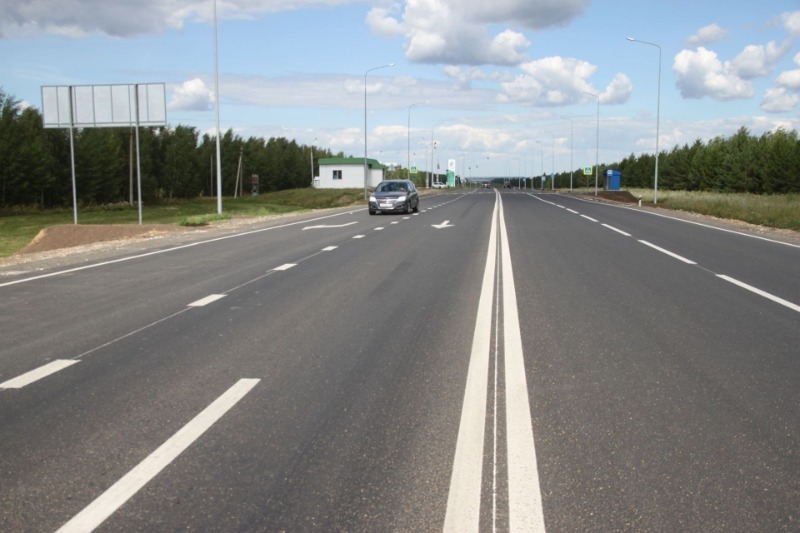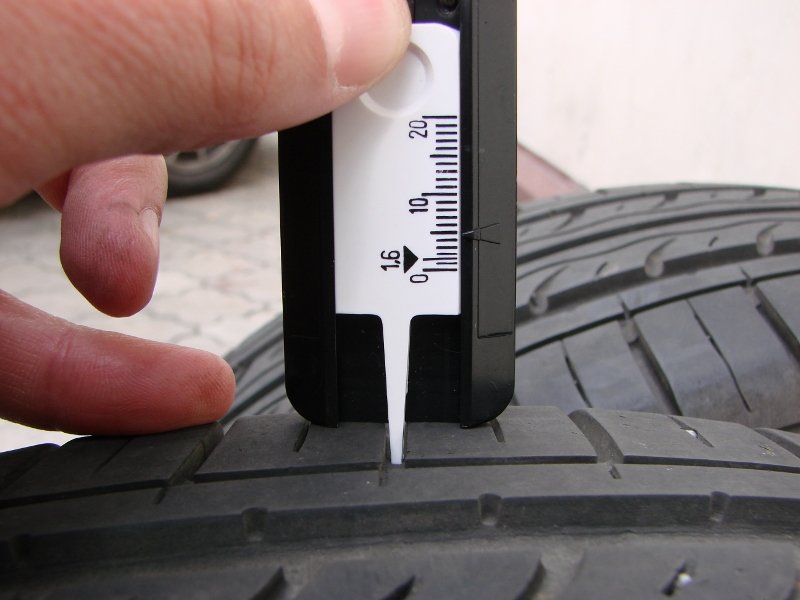
How is double solid marking different from single
Content
Young drivers often have a lot of questions that somehow didn’t even occur to them before, when their whole life passed on two legs. One of the most frequent - what is the difference between a single dividing strip and a double solid one?

Shows the number of lanes
At the core, it's simple. A single lane simply serves as an "axis" to separate no more than two oncoming traffic on the track. The double continuous marking has a different task: it means that two or more passing streams pass on each side of the axial strip.
Indicates the width of the carriageway
Single continuous markings are used, as a rule, on dangerous roads with a small track width, where maneuvering is difficult. It is also often located along the edges of the roadway to indicate its width and separate it from the shoulder, on which people can be. It is also impossible to call in and stop for such a lane, even for a short period.
A double solid line can indicate an increased flow size - it is applied on large highways and avenues in cities with high speeds and heavy traffic, where the lane width exceeds 375 cm. It can also be found on especially dangerous sections of the road - at sharp turns, where there is an oncoming lane extremely dangerous.
For crossing which solid line will be punished more
There is no such thing as "crossing a single line" or "double solid line" in the law. Crossing the lanes - and no matter how many there are - is possible only in the place where the solid line turns into a broken line. If you see in front of you both solid and intermittent markings, then only the driver whose car is in contact with the broken line has the right to cross it.
An exception is if the driver has already violated it in the prescribed place when overtaking and returns to his place. Force majeure circumstances are also possible: if there is a major accident on the highway and it is impossible to continue driving in any other way than to drive into the oncoming lane, or repair work is underway on the road, and the flow of cars is controlled by traffic controllers using special signs. Violation of the markup without a serious reason is an administrative offense. Responsibility for it is regulated by the Code of Administrative Offenses of the Russian Federation and will be the same, whether it is a single line or a double one.
Under article 12.15, paragraph 4, violation of any type of continuous marking when trying to turn around or turn in the wrong place, a fine of 5 thousand rubles is imposed if noticed by the camera; or the driver loses his license from four to six months if the violation was recorded by a traffic police officer. In case of repeated violation, the rights are withdrawn for a period of one year.
If a solid line is crossed while overtaking, then in accordance with paragraph 3 of the said article, a fine of 1-1,5 thousand rubles is charged.
Whatever the differences between them, the lanes have one thing in common - solid markings signal to the driver that it is strictly forbidden to enter the oncoming lane on this section of the road, and such an attempt is punished, but there are some fundamental differences in responsibility for offense does not exist.
